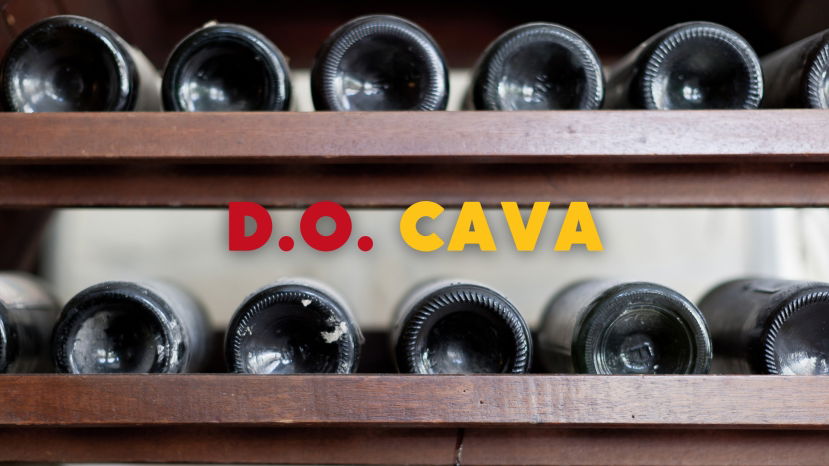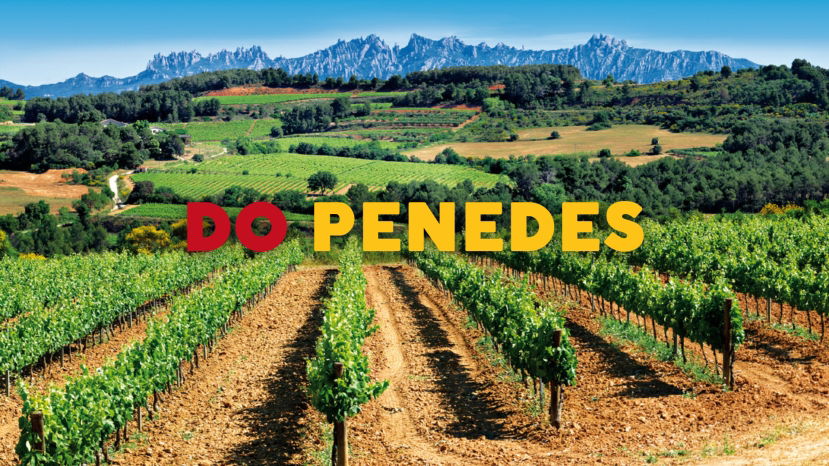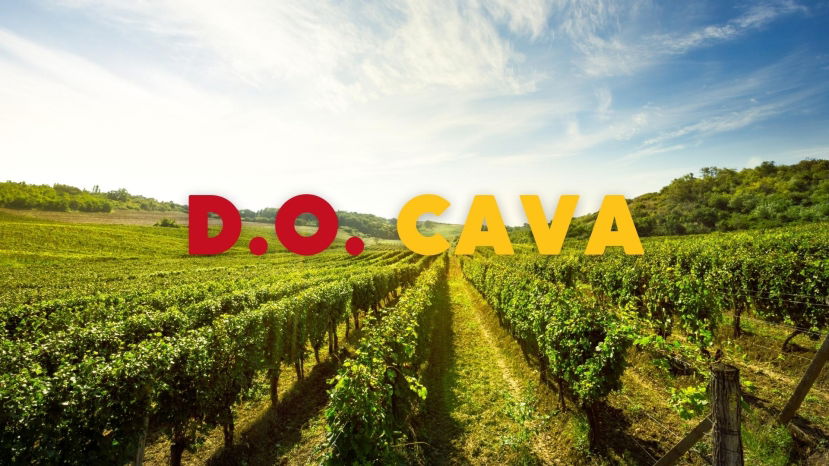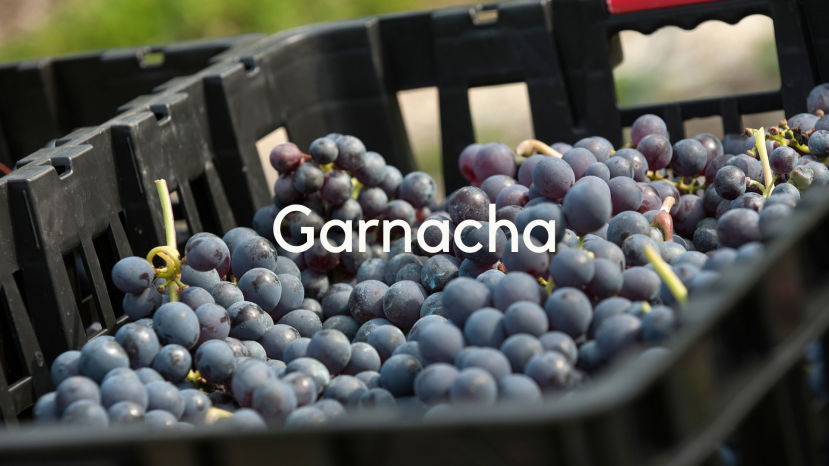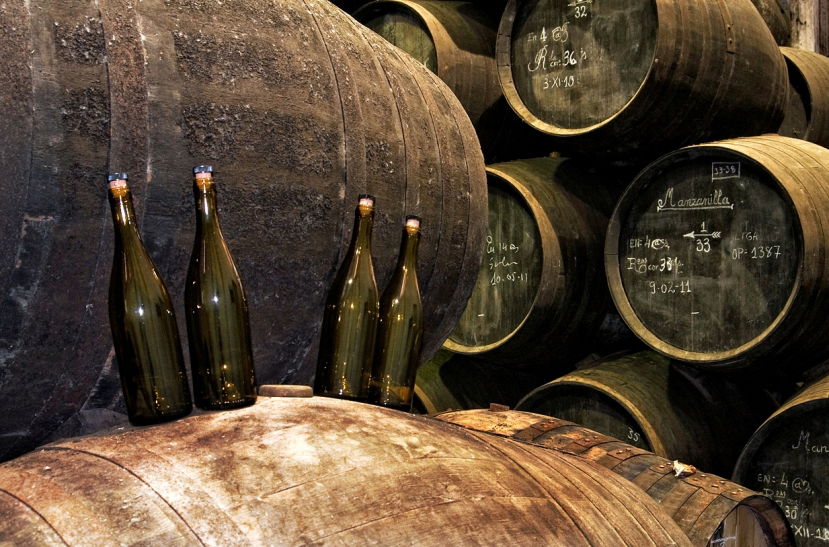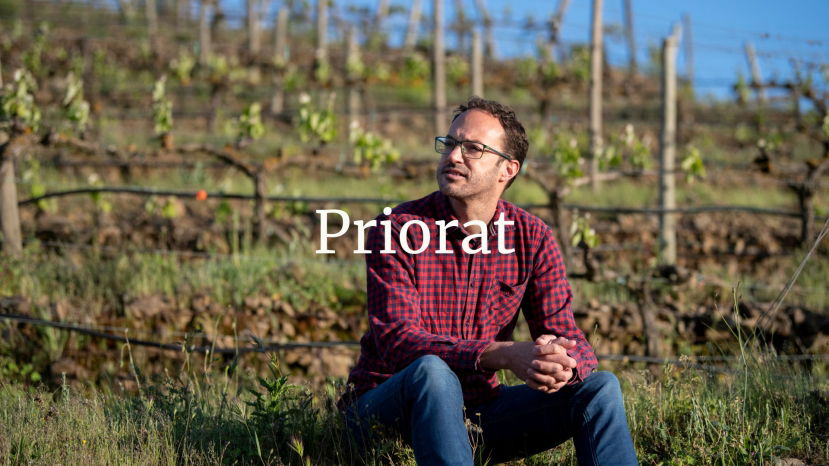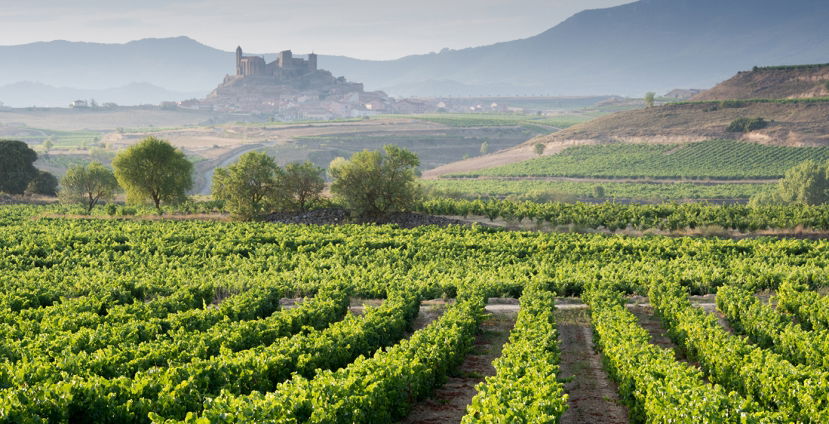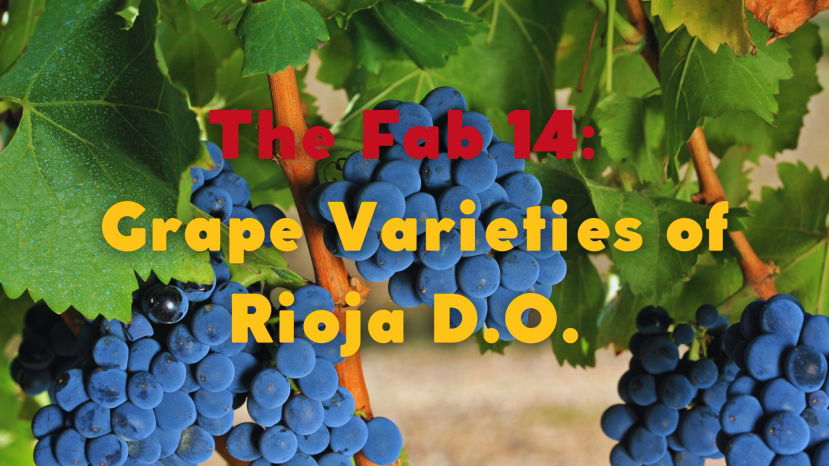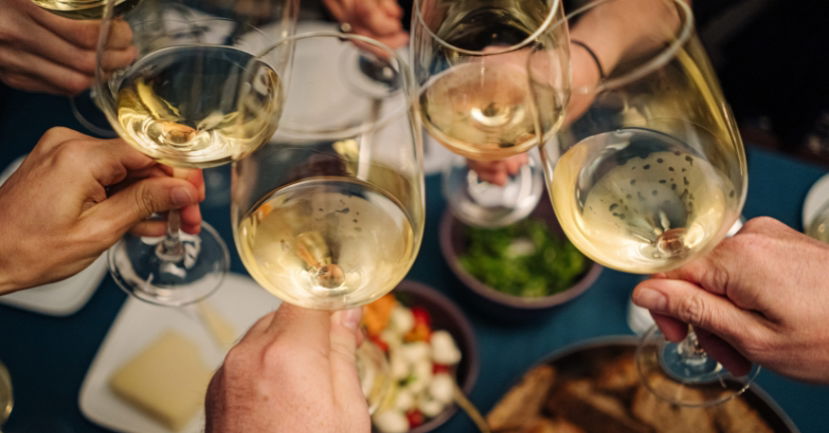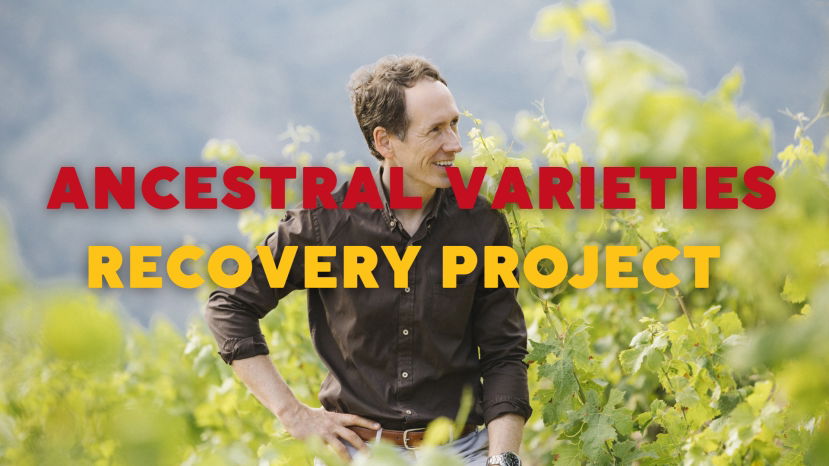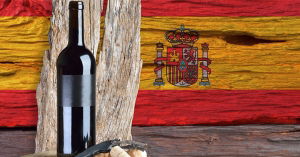BLOG
Spanish wines
Cosecha. Joven. Viejo. And the list goes on. Many wine-producing countries use local-language wine-related terminology without realizing their consumers are unaware of their meaning. Even native language speakers are sometimes confused by these terms as they are technical and/or relate to wine law.
No need to worry! Below is your very own Spanish Wine Glossary (in alphabetical order) providing the top 25 wine terms you need-to-know to navigate Spanish wine.
Summary:
The Sherry region of Spain is one of the country’s oldest and most traditional; but did you know it is also one of the most dynamic? While many historic regions remain stuck in the past, Sherry is forging a new future.
Over the past couple of years, numerous (sometimes radical) changes have been discussed, including “unfortified” Sherry and new grape varieties.
After nearly two years of hard work, we are thrilled to present the Wine Scholar Guild’s latest certification course…
The Spanish Wine Scholar® (SWS) Program!
The program officially launches in October of 2019, but it is already garnering significant attention around the globe.
Summary:
This WSG Live will provide an overview of the latest developments within the D.O. Cava and the efforts of the appellation to increase and protect the quality and reputation of the Cava brand. We will further examine the latest updates regarding the quality classification system and labelling as well as the D.O.’s advancements in terms of sustainability.
Presenter: Nicoletta Dicova
Born in Bulgaria and educated in Italy Nicoletta holds a master's degree
Summary:
The first vines arrived in Penedès 2700 years ago brought by the Phoenicians. Today, DO Penedès is the Catalan DO with the oldest historical ties and very strong traditions.
Its boundaries stretch from the mountains at the west of the appellation reaching 800 m of altitude to the shores of the Mediterranean Sea. Its 2500 ha of vineyards are planted on a diverse palette of climates and soils, resulting in 10 different subregions that
Summary:
Rick's Pick: Join DO Cava President Javier Pagés as he explains the numerous changes happening in one of the world’s most important sparkling wine regions.
Cava is synonymous with excellence, and its high standard is achieved thanks to the authenticity guaranteed by the traditional method elaboration process. This 2021 is full of new challenges,
Summary:
Garnacha (Grenache) is increasingly capturing the attention of wine enthusiasts around the world for its approachability, versatility and quality. As the variety continues to make its mark on the world wine scene, Spanish producers continue to innovate with a wide range of styles.
Master of Wine Pedro Ballesteros Torres will lead us in a deep dive into Garnacha, covering
Rick Fisher, our Spanish Wine Scholar Program® Developer, recently returned from New York City where he was attending the 24th annual Spain’s Great Match, the nation's leading Spanish wine event organized by the Trade Commission of Spain in conjunction with Wines From Spain.
There is a man in Logroño’s Calle Laurel who makes garlic mushrooms. It’s the one and only thing on the menu, not that there is a menu. Griddled mushrooms, served on toast, drowning in garlic butter with a small slice of prawn on top. They are miraculous. I think about him and this bar often, as I lurch between life crises, as I think he may possibly have discovered the ultimate secret to a life of happiness and contentment. For me, this dish in this place is
Sherry producers like to say they deal with two types of terroir.
“First,” says Fermin Hidalgo, owner of leading Sanlúcar de Barrameda-based Bodegas Hidalgo La Gitana, “the ‘classic’ terroir we all know: climate, soil, etc. The second terroir is the one related to the wineries… Biological ageing is part of our terroir.”
In this episode, we are chatting with Rick Fisher, Spanish Wine Scholar Education Director, about Sherry styles and getting a behind-the-scenes peek at the forthcoming Spanish Wine Scholar Program.
Summary:
Rick's Pick: University of Tarragona instructor and winemaker, Antoni Sanchez-Ortiz focuses on climate change and how viticulture must adapt in Spain’s DOQ Priorat region.
The mesoclimate determines climatic differences due to the topography of the Priorat and that give rise to local modifications or changes that can affect to more or less ample extensions. Factors that
Summary:
Ribera del Duero is an up-and-coming Spanish wine region, along the Duero River in central Spain. Its signature grape Tempranillo has found its place in high-altitude plateaus in this arid and demanding region. Vineyards are found throughout the valley between 750 and 1060 m shaping the style of wine. Local winemakers are carving a name for themselves in small rural communities totally off the beaten track.
Bordeaux. Burgundy. Barolo. Rioja. Just the mere mention of any one of these wine regions conjures images of the world’s best wines all sharing the ability to age for decades. The wines of Rioja have earned their place amongst this elite group; and whilst consumer tastes may swing like a clock’s pendulum, the practice of aging wines in Rioja helps define its successful past, present, and future.
Summary:
Jerez is among the older wine regions in the World, with nearly 3,000 years of continued wine activity. Over the centuries, wine production has evolved into very unique methods of production and a whole series of different wines of very strong identity, which were finally regulated under the first DO appellation in Spain, 85 years ago. But wine production continues to evolve in the Sherry region and local winemakers are now experimenting beyond the DO rules to find new
Summary:
Informed wine lovers know that Châteauneuf-du-Pape has 13 allowed grape varieties, but did you know that Rioja has 14? Most people have heard of Tempranillo, Garnacha and Viura. But how about Maturana Tinta, Tempranillo Blanco or Malvasia? Or what role does Sauvignon Blanc play in Rioja? Discover the 14 grape varieties of Rioja and their characteristics, both in the vineyard and in wine, and learn how some of these are Rioja’s secret
Spanish red wines get a lot of press for being good values, but shopping in the Spanish wine aisle can be as daunting if you aren’t sure what grows where within the world of Spanish wines.
Many of Spain’s best red wines are labeled with the name of the wine appellation, rarely by grape variety. At its most simplistic, Spain can be divided into three “bands” for red grape varieties and wines. The Tempranillo grape variety excels in wines from central and northern Spain, Garnacha (Tinta) in wines from northeastern Spain and Monastrell in southeastern Spanish wines.
If you’ve ever felt completely overwhelmed while browsing a Spanish wine section, knowing just a few key wine names will help keep your shopping trip focused and ensure that you have the perfect wine to drink at a moment’s notice.
As the global popularity of Spanish wine grows, more exciting options are becoming available in restaurants and wine shops. While many people are familiar with Spain's premium red wines from regions such as Rioja and Priorat, the country also produces stellar white wines. These wonderful – and often underappreciated selections – represent a great value with excellent variety and versatility.
Like its red wines, Spain's white wines are labeled with their appellation of origin – or Denomination of Origin (DO). This designation represents the grape's place of origin, and typically each DO will specialize in one or more different wine styles made from specific grapes. For those new to Spain, knowing what to expect can be challenging if you are unfamiliar with the region.
Below is a breakdown of some of Spain's most popular (and delicious) white wines. This list includes their region of origin as well as the primary grapes from which the wines are made. Use this as a guide to expand your understanding of Spanish wine.
Rick's Pick: Miguel Torres discusses the winery's role in the fight against climate change discussion as well as the recovery and rediscovery of Spain’s lost indigenous grapes.
Summary:
Over thirty years ago, Familia Torres embarked on an exciting project close to its heart: the recuperation of ancestral varieties which were believed extinct after the
Spain began linking wine to “place” early on. As far back as the beginning of the 20th century, the need for wine regulations became self-evident. The country was experiencing rampant wine fraud; quality wines were being diluted with bulk wine on a regular basis.
Rioja was a leader in the charge for legislation to guarantee wine origin. In 1902, a Royal Decree defined the origin of its wines by establishing a geographical link between the name of a product and the place where it is produced. Just a little over two decades later, in 1925, the first Consejo Regulador (Regulating Council) was created in Rioja. In the years that followed, Jerez and Málaga also gained regional protection.
Page 1 of 2
- 1
- 2




